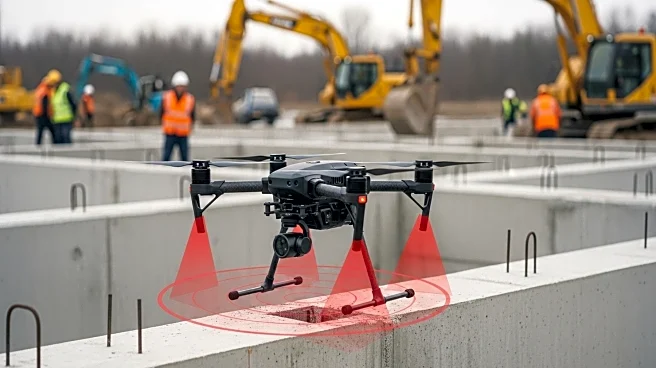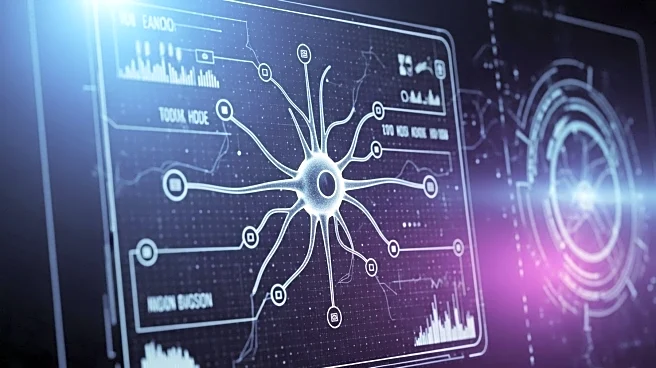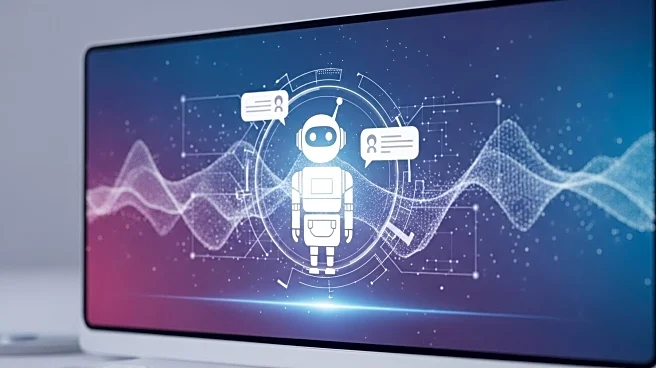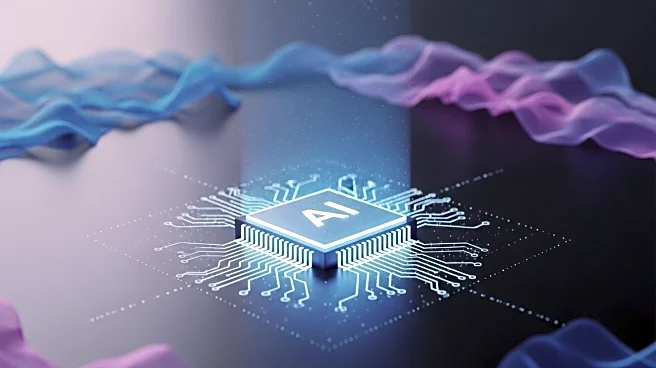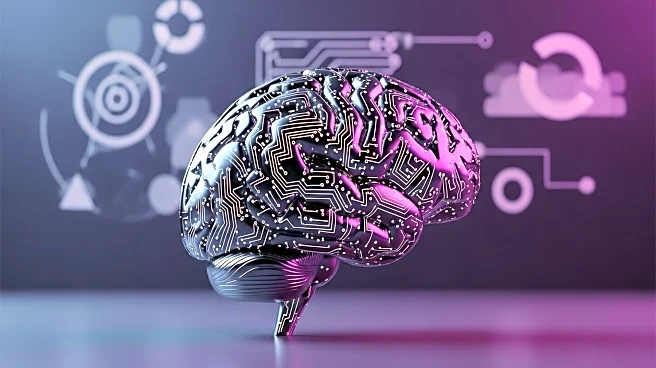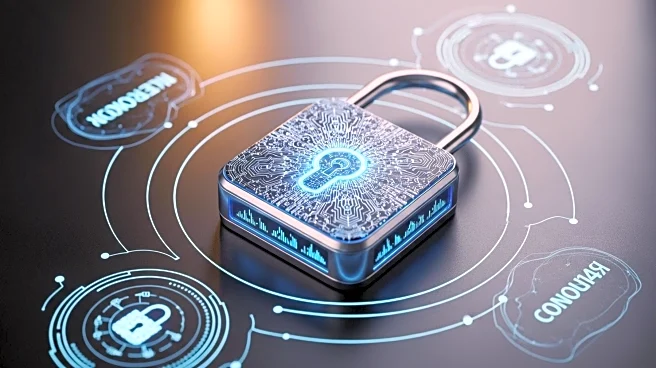What's Happening?
A study has developed a real-time defect detection system for concrete structures using attention-based deep learning and Ground Penetrating Radar (GPR) imaging. The system employs a UAV-mounted GPR to collect data, which is then processed using deep learning models to identify defects such as voids, water-bearing voids, hyperbolic defects, and looseness. The study highlights the use of a Deep Convolutional Generative Adversarial Network (DCGAN) for data augmentation, improving the detection accuracy by synthesizing minority-class samples. The enhanced YOLOv5 model, integrated with attention mechanisms like SENet, CBAM, and ECA, further refines the detection process by focusing on defect-specific features.
Why It's Important?
This advancement in defect detection technology is crucial for infrastructure maintenance and safety. By enabling real-time and accurate detection of structural defects, the system can prevent catastrophic failures and reduce maintenance costs. The integration of deep learning with GPR imaging represents a significant leap in non-invasive inspection methods, offering a scalable solution for monitoring large-scale infrastructure projects. This technology could benefit sectors such as construction, civil engineering, and urban planning, where timely and precise defect detection is essential for ensuring structural integrity.
What's Next?
The study suggests further optimization of the deep learning models to enhance detection accuracy and speed. Future research may focus on expanding the system's capabilities to detect a wider range of defects and apply it to different types of structures. Collaboration with industry stakeholders could lead to the commercialization of this technology, making it accessible for routine infrastructure inspections.
Beyond the Headlines
The use of UAVs and deep learning in infrastructure inspection raises ethical considerations regarding privacy and data security. As these technologies become more prevalent, there may be discussions around regulatory frameworks to ensure responsible use and protect sensitive information.
